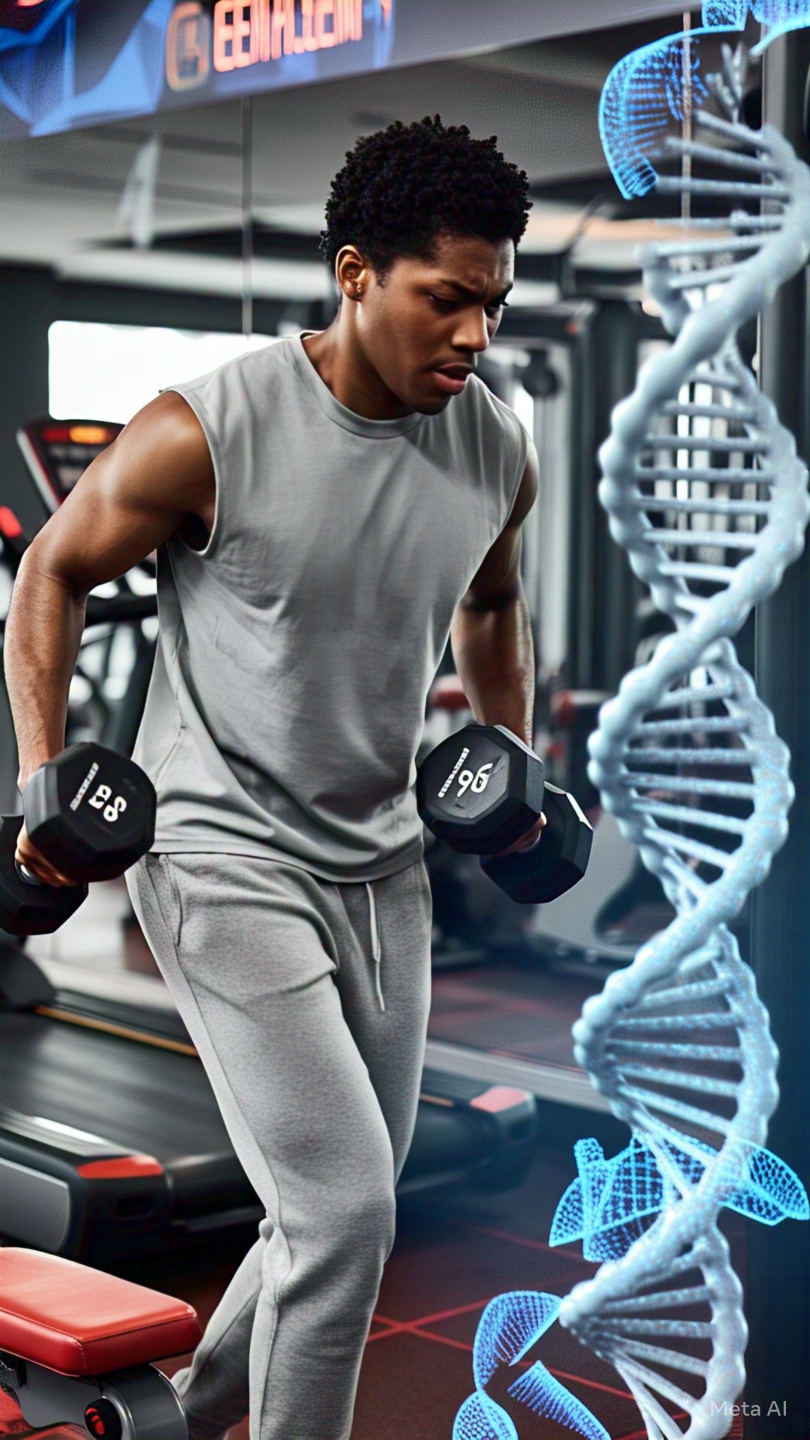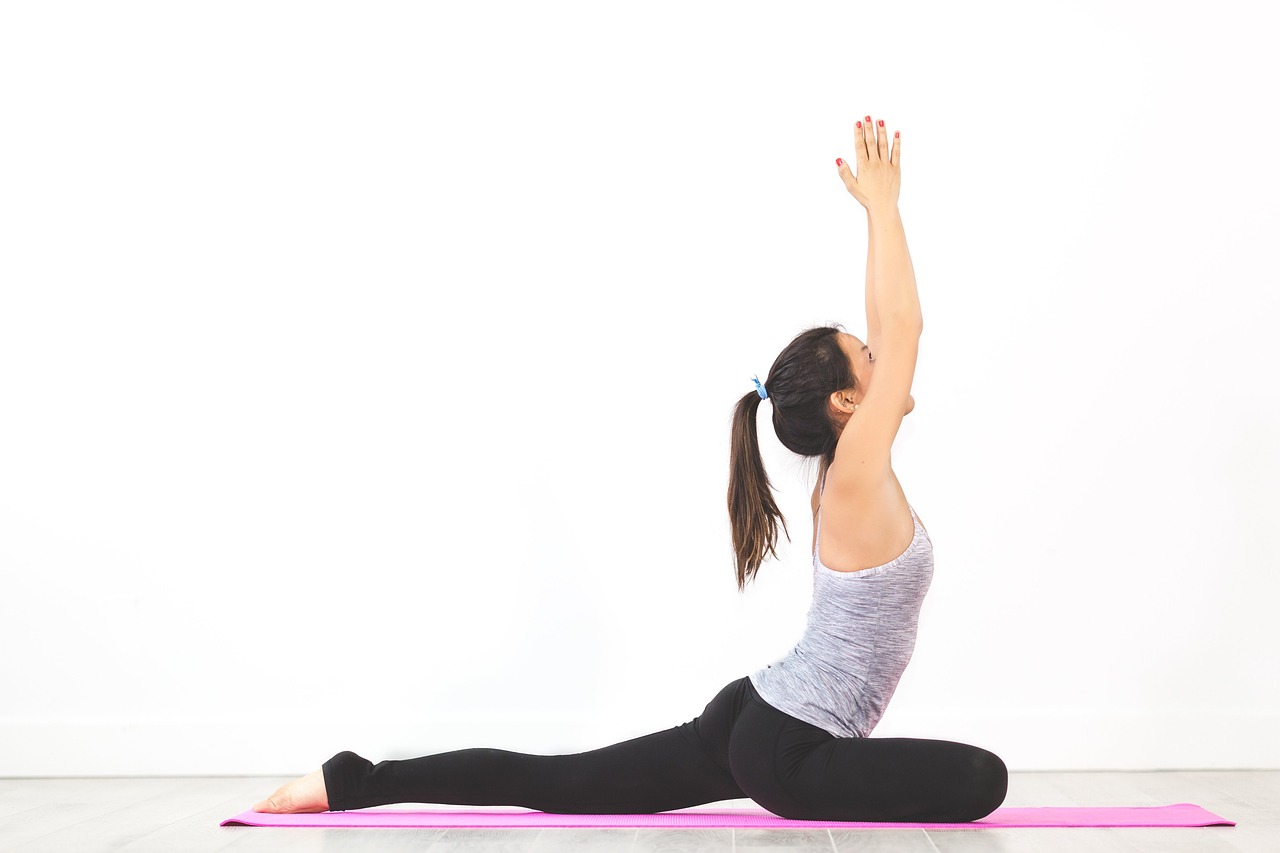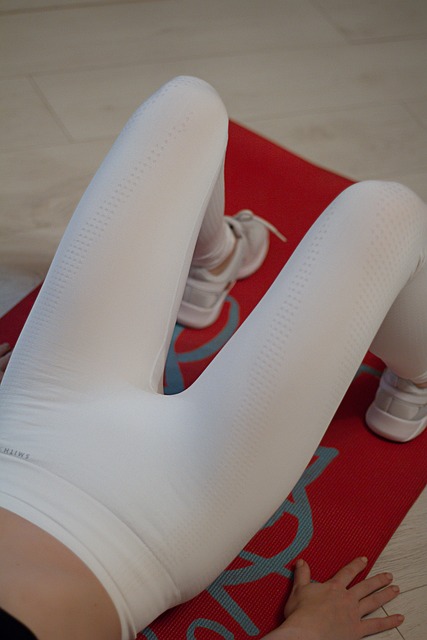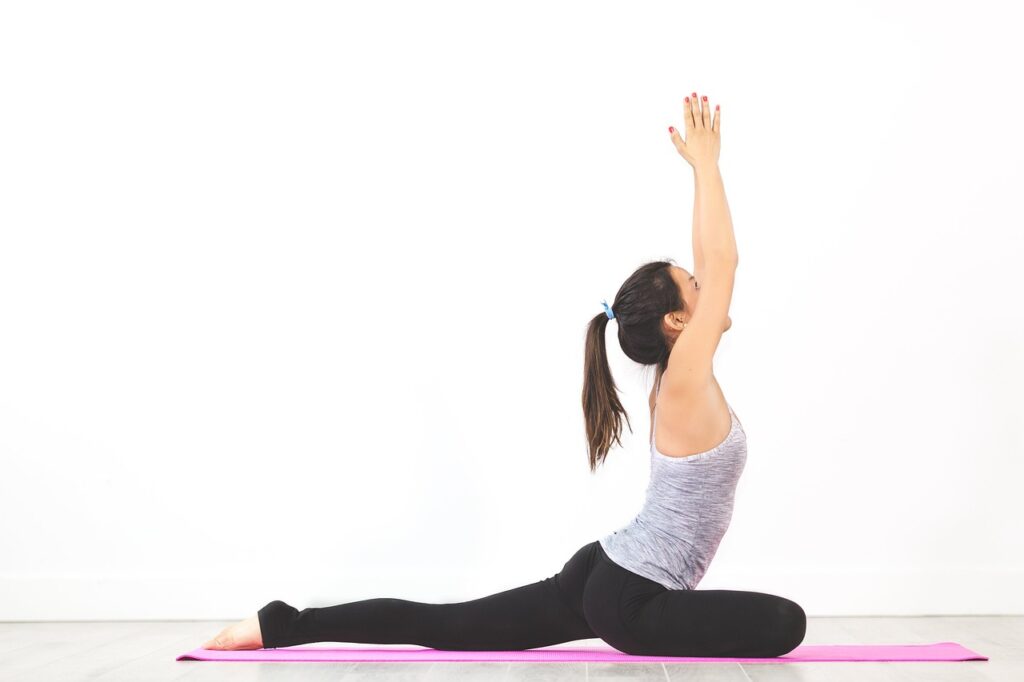Epigenetic Fitness: We’ve all heard the phrase “you can’t change your genes.” But what if we told you that the way you move, sweat, and train can actually influence how your genes express themselves?
Welcome to the world of epigenetic fitness — the emerging science of how exercise affects your DNA without changing the genetic code itself. It’s not science fiction. It’s cutting-edge biology with massive potential for your health, longevity, and performance.

Let’s dive into how epigenetics works — and how your workout routine can quite literally switch your best genes on.
🧬 What Is Epigenetics?
Epigenetics is the study of how your behaviors and environment affect the way your genes function. While your DNA sequence stays the same, epigenetic “tags” determine which genes are turned on or off.
These tags don’t rewrite your code — they influence it.
Think of your genome like a piano. Your genes are the keys. Epigenetics is the sheet music telling you which keys to press — and in what order. And exercise? It’s a powerful conductor that can rearrange that music.
🏋️ How Does Exercise Influence Your Genes?
Physical activity has been shown to create epigenetic modifications, especially in tissues like muscles, fat, and even the brain. When you work out, your body releases certain enzymes and molecules that influence gene expression.
Here’s what’s happening under the hood:
- Methylation Changes: Exercise can add or remove “methyl groups” to parts of your DNA. These affect whether a gene is active or silent.
- Histone Modification: Histones are proteins your DNA wraps around. Movement can alter how tightly DNA is packed, making it more or less available for gene expression.
- Myokine Release: Muscles release these molecules during exercise, sending signals to your brain, immune system, and even your gut — triggering epigenetic changes.
🧠 What This Means for Your Health
Epigenetic fitness isn’t just about looking good — it’s about changing your biology from the inside out.

Here are a few mind-blowing benefits linked to exercise-driven epigenetic changes:
- 🔥 Improved Fat Metabolism
Genes that help break down fat become more active with regular HIIT and resistance training. - 🧬 Cellular Anti-Aging
Exercise helps maintain the length of telomeres — protective caps on your DNA that shorten as you age. - 🧠 Better Brain Function
Certain workouts can trigger the expression of genes involved in neuroplasticity, memory, and learning. - 🛡️ Disease Prevention
Epigenetic changes from exercise may reduce the risk of cancers, type 2 diabetes, and even depression.
🏃 What Type of Exercise Is Best?
The great news? All exercise helps — but different styles affect different genes. Here’s a quick guide:
| Workout Style | Epigenetic Benefit |
|---|---|
| HIIT (High-Intensity Interval Training) | Boosts fat-burning and longevity genes |
| Strength Training | Stimulates muscle-regenerating gene activity |
| Steady-State Cardio | Helps reduce inflammation-related gene expression |
| Yoga & Breathwork | May influence stress-related genes via the vagus nerve |
🧬 Bonus Tip: Variety is key. Mixing cardio, resistance, and mindfulness-based movement gives you a full-spectrum epigenetic boost.
🥗 Lifestyle Factors That Support Epigenetic Fitness
Fitness alone is powerful, but when paired with healthy lifestyle choices, its effects are amplified:
- Nutrition: Foods rich in antioxidants (like berries and leafy greens) support methylation.
- Sleep: Deep sleep enhances DNA repair and hormonal balance.
- Stress Management: Chronic stress can cause harmful gene expression — offset it with meditation or grounding.
- Environmental Toxins: Avoiding processed foods and pollution can protect beneficial epigenetic changes.
🚀 The Future of Fitness Is Personalized
As epigenetic testing becomes more affordable, we’re moving into an era of bio-customized fitness. Soon, your training plan might be based not just on your goals — but on your genes and how they respond to different types of movement.
Until then? Know this: every workout you do is shaping your genetic future. You’re not just building muscle — you’re building a better biological blueprint.

✨ Final Thoughts
The power to influence your health doesn’t lie solely in your DNA — it lies in your daily decisions. Epigenetic fitness shows us that we are not stuck with the hand we’re dealt. We’re sculptors of our own biology. The brain’s ability to adapt and rewire—now being recognized as a powerful ally in physical training.
So lace up those shoes, hit that mat, or lift that weight — and remember: you’re not just working out. You’re rewriting your genetic story.
Want more content like this? Subscribe to the blog or drop a comment below about your favorite “epigenetic” exercise!
also read this
Published by Subhranil



